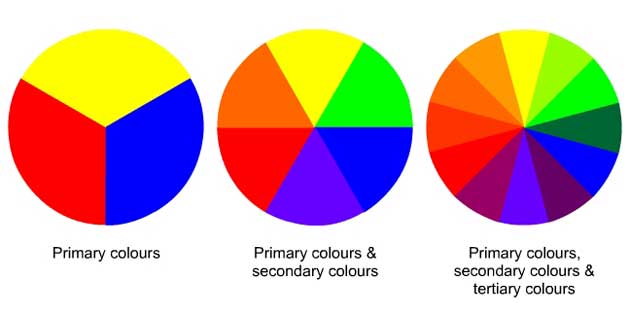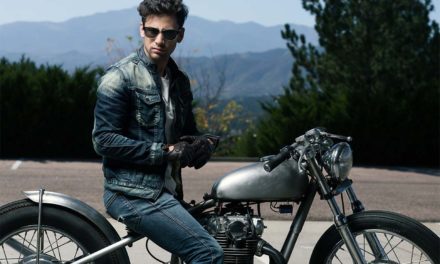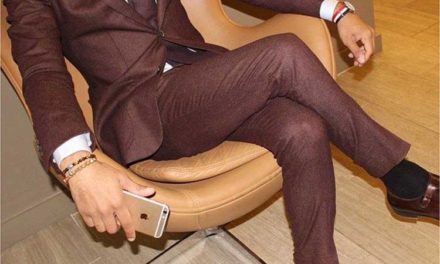
Color Pilot Or Color Riot
You’ve all heard this term before; other synonyms are: creative confusion, visual onslaught, rainbow dressing, etc. It’s something most of us have been guilty of at least once in our life time. More importantly it’s when we ignore the concepts of the color pilot, or more popularly known as the color wheel and engage in the horrific act of combining and mixing colors that fight, rather than embrace. The end result is what has aptly been termed a color riot. Having said this, I’ll admit that most people (Ok many) have indeed been blessed with an innate ability to know just what colors work for them and which ones don’t. But for others, the color pilot is a lifeline! Let’s zoom in here because having a good grasp of color theory is absolutely pivotal to anyone trying to create or re-create their personal image.
Guys, the point I’m making is that even beyond the “cut”or price-tag of your clothes, the colors that you wear and your ability to wear them effectively (something which you determine then execute accordingly), say a lot more about you than you could ever imagine, and this is NOT about being superficial. According to the Institute for Color Research, “All human beings make a sub-conscious judgement about a person, environment or item, within 90 seconds of initial viewing and that between 62% and 90% of that assessment is based on color alone. So, faithful readers, this is where you grab pen, paper, and focus, because you have simply got to to get a grip on how to pull together color for maximum impact!
When you understand how the color pilot works, you can confidently begin to mix and match colors that complement rather than fight;colors that pacify rather than antagonize. Ok. Here we go:
First, there are many different theories on color that are used by artists, designers and also scientists. What we are going to be looking at is a simple model that can be applied in a variety of ways: dressing, ties, accessories, etc.
Concept 1: The Color Pilot (color wheel):
The color pilot is a wheel (circle) divided into sections or segments, with each section assigned a color. Each color is found at a specific location or placement area on the wheel. The colors on the color pilot begin with what we call primary colors: red, yellow and blue. Now these colors can be further combined to create secondary colors (e.g. orange, green and purple) and also tertiary colors (e.g. red-orange, red-purple, blue-green).
Concept 2: Shades, Hues, Tints and Tones
When speaking of color, we talk in terms of shades, hues, tints and tones. A shade is a darker version of a color. When you add black to a color, what you get is a shade (e.g. navy blue is considered a shade of blue). A hue is a pure color, meaning any primary, secondary or tertiary colour that has not been mixed with black or white. Hue can be another name for “color”. A hue (color) becomes a tint when white is added (e.g. sky blue is considered a tint). A tone is created by adding both white and black (which is grey). Any color that is “greyed down” is a tone.
So What’s The Point Of All Of This?
So what’s the point of all of this? It means that once you understand these terms, you can begin to use the principles to create more attractive types of color schemes, and this is where color combining really becomes interesting because now you’ve been empowered to do so much more than what you could do with basic color schemes – which is where most guys get stuck. Don’t get me wrong, there is absolutely nothing wrong with dressing to a basic color scheme (provided they are “your” colors), it’s just that because men don’t generally have the fashion options that women have, after a while dressing and style can become a bit staid if care is not taken. By this I mean: same types of clothes, same colors, same shoes, same ties, same haircuts, same hair color; same, same, same… Need I go on? This is why the topic of color is so important, especially for men, because it gives you the opportunity to take back control of your style destiny.
In the next article, we will focus on color schemes, then pull everything together so it makes style sense. We will then attack the often painful issue of How to Construct a Male Wardrobe based on the principles we’ve learned.

















